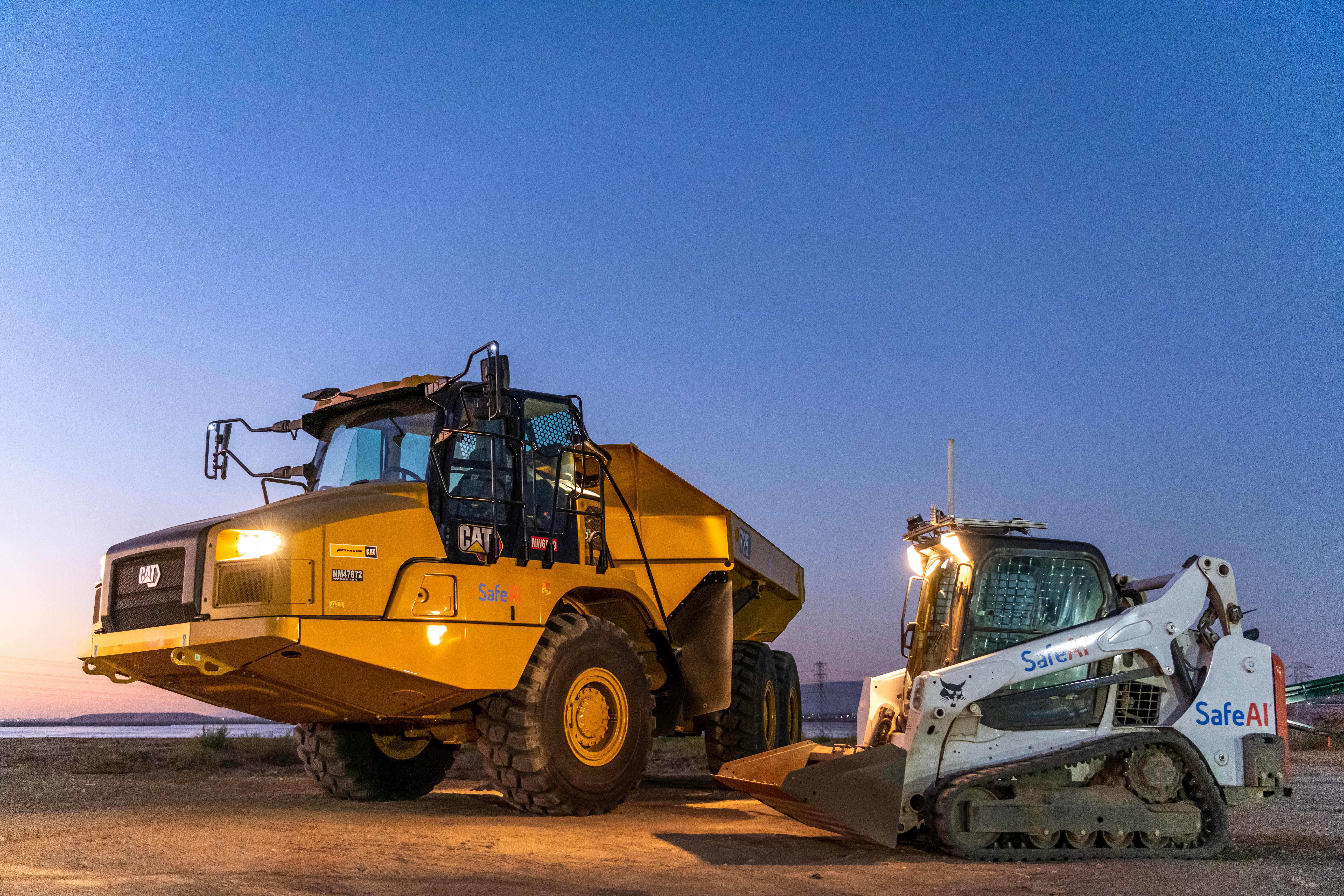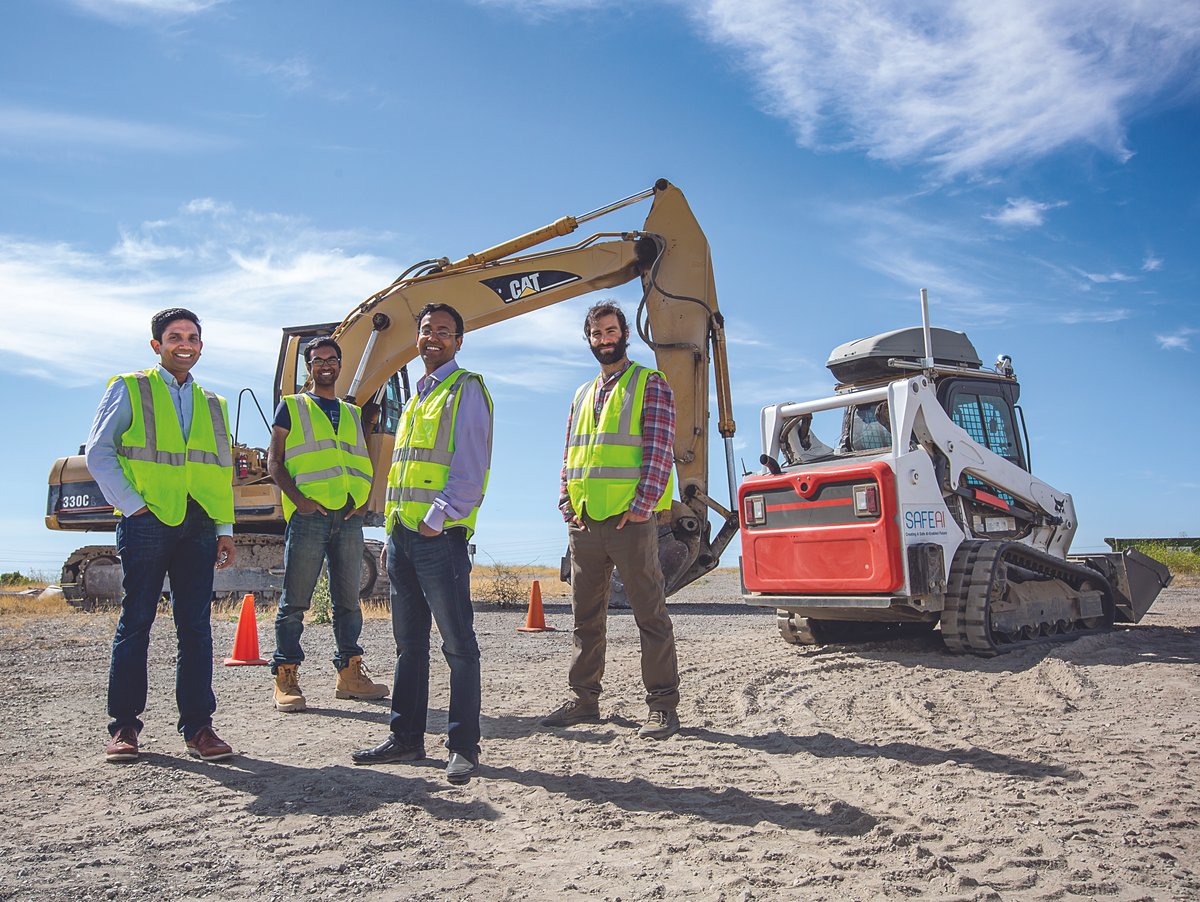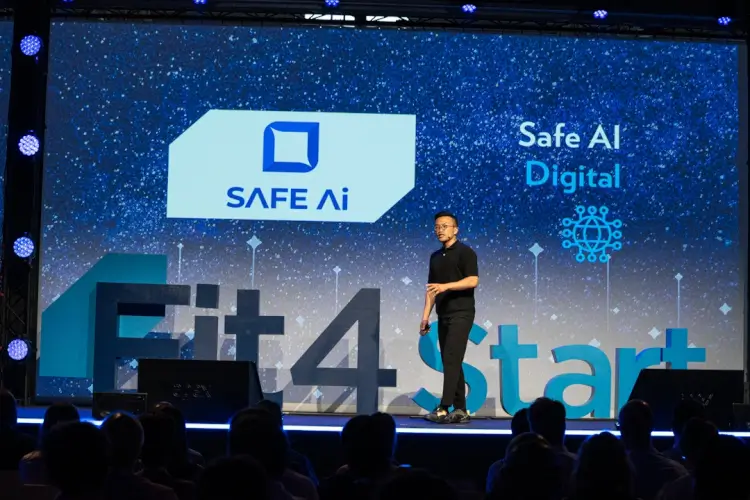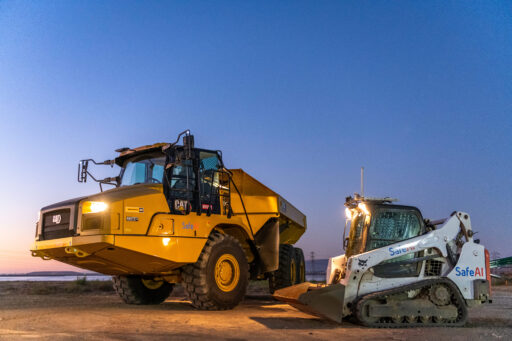As a seasoned project manager, I’ve seen my share of new technology roll onto a job site. For years, we’ve relied on our gut, our experience, and the skill of our crews to get the job done. It’s an old-school mentality that has built the world, and there’s a certain pride in that. But a look at the books and the safety logs tells a different story. We’re battling constant risks, the financial drain of unplanned downtime, and a labor shortage that seems to get worse every year. It’s a relentless grind, and it’s clear the old way isn’t cutting it anymore. We need a new approach, but not one that requires us to toss out everything we own. We need a solution that can take our most reliable machines, the ones we know and trust, and give them a new lease on life. This is where the narrative of SafeAI’s autonomous retrofit platform begins to make sense. It’s not about buying a new fleet; it’s about strategically upgrading the brain of the fleet you already have.

What Exactly is an Autonomous Retrofit Platform?
At its core, the SafeAI autonomous retrofit platform is an interoperable, vehicle-agnostic system that transforms existing heavy equipment into AI-powered autonomous assets. This is not about a full-scale replacement of a fleet. Instead, it involves integrating a sophisticated combination of hardware and software onto existing machinery, enabling them to operate autonomously. The objective is to enhance safety, boost productivity, and significantly reduce operational costs across mining, construction, and quarry operations.
For a business owner or project manager, the primary obstacle to adopting new technology is the upfront capital investment. New heavy equipment is incredibly expensive and depreciates rapidly, often losing 20% to 40% of its value in the first year alone. The retrofit platform offers a powerful and financially sound alternative. It’s a strategic decision to extend the lifespan of mechanically sound equipment, essentially giving it a modern technological core. This approach is not only cost-effective but also aligns with the principles of a circular economy by reusing and recycling existing assets to meet sustainability goals. The retrofit process is also far more efficient from a time-management perspective, as it can often be completed during scheduled maintenance, minimizing disruption to operations.

How SafeAI’s Technology Actually Works
The power of this technology doesn’t come from a single component but from the seamless, redundant integration of a sophisticated system. It’s like giving an old truck a new brain and a whole new set of senses. The technology is comprised of both advanced sensor hardware and a highly-capable software platform, which work in concert to achieve reliable and safe operation.
The New Brain and Senses: A Simple Analogy
The sensor hardware is the vehicle’s new set of senses. The system combines multiple sensor types, a concept known as sensor fusion, to create a comprehensive, 360-degree understanding of the environment, regardless of conditions. The key components include:
- LiDAR (Light Detection and Ranging): This acts as the vehicle’s high-precision 3D mapping system. It provides a detailed, high-resolution map of the environment, allowing the vehicle to detect objects with extreme precision. LiDAR is becoming a staple in autonomous systems, with its market projected to reach over $5.7 billion by 2030, showing its increasing adoption and importance.
- Radar: This serves as an all-weather sixth sense. Radar technology has long been a part of automotive safety, but its role in autonomous systems is expanding. It excels at detecting objects in poor weather conditions like fog, heavy rain, or dust, which can challenge other sensors.
- Cameras: These function as the vehicle’s eyes, providing crucial visual data for tasks such as lane detection, object recognition, and general situational awareness. These sensors are increasingly enhanced with AI-powered image processing to improve real-time decision-making.

The SafeAI Autonomous Framework (SAF): The Conductor of the Orchestra
While the sensors gather the data, the SafeAI Autonomous Framework (SAF) is the operating system that processes it all and makes intelligent decisions. It is a highly portable and reliable system purpose-built for the complex, unpredictable environment of a job site. For a professional, the most significant aspect of the SAF is its safety certification. The framework has been awarded the ASIL D certification, the highest safety integrity level in the industry. ASIL D is a stringent risk classification defined by the ISO 26262 standard, which is typically used for automotive functional safety. Achieving this level indicates an incredibly low probability of system failure—one in a hundred million, to be exact. This isn’t just a technical detail; it is a profound validation of the company’s commitment to safety and provides a verifiable level of risk mitigation that professionals can trust.
Who Really Needs This on Their Job Site?
This technology isn’t just an interesting experiment; it’s a direct response to the most pressing, systemic problems faced by heavy industry today. From the perspective of a project manager or site supervisor, the people who stand to benefit the most are those already shouldering the heaviest burdens.
- Safety Managers: The constant worry over accidents is a daily reality. The most common injuries in construction, such as broken bones and lacerations, are often the result of human error and fatigue. By removing a human from the most hazardous tasks, autonomous equipment addresses this fundamental risk.
- Fleet Managers: They are constantly battling unplanned downtime and maintenance costs. Equipment failures can cause major project delays and consume up to 60% of an operating budget. The platform’s ability to operate 24/7 minimizes lost time and provides a predictable, automated workflow.
- Site Supervisors and Project Managers: The industry is grappling with a significant skilled labor shortage. This technology allows for a crucial strategic shift, enabling businesses to do more with less. It frees up skilled operators from monotonous, high-risk tasks and allows them to be redeployed to higher-value activities on the site.

Why You Can’t Afford to Ignore This Technology
The reality on the job site is that a problem with a single machine can bring an entire project to a grinding halt. An idle machine costs thousands of dollars a day in opportunity costs. The stress of managing these risks manually is immense, from trying to track every hour to worrying about every potential accident. This is where the retrofit solution provides a tangible path forward.
The transformative power of this technology extends beyond simple cost savings. It is about unlocking a new level of operational efficiency. The data shows that retrofitted vehicles can add approximately 1,000 additional hours of productivity per year. This is not just a theoretical number; it’s a direct result of eliminating time lost to human factors like shift changes, breaks, fatigue, and absenteeism. By operating consistently and efficiently, autonomous vehicles can improve fuel mileage, reduce equipment wear, and ease congestion, all of which contribute to the bottom line.
How to Get Started with the SafeAI Platform
Adopting a solution of this magnitude requires a deliberate, step-by-step approach that a seasoned professional would appreciate. It is not about simply plugging in a new device; it’s a strategic integration into your existing business model.
- Initial Fleet Assessment and Feasibility: The first step is to conduct a joint analysis of your current fleet with a solutions partner. The goal is to identify which vehicles are mechanically sound and therefore the best candidates for a retrofit.
- Pilot Program and Proof of Concept: Before a full-scale deployment, it is a best practice to run a pilot program. This allows you to test the technology on a small scale, as was done in the successful proof of concept at the Karlawinda gold mine. This approach allows you to prove the return on investment and build internal confidence before committing to a full rollout.
- Training and Change Management: Implementing this technology means training your existing workforce. Rather than being replaced, operators are upskilled to become supervisors and maintenance experts for the new autonomous fleet. This is a critical step in addressing the skilled labor shortage by re-allocating your most valuable human assets to higher-value work.
- Full-Scale Deployment: Once the pilot is successful, the retrofitting process can be scaled across your entire fleet. This is a phased approach that seamlessly integrates with your existing operational workflows.
- Ongoing Support and Optimization: The technology is built for continuous improvement through over-the-air software updates and system upgradability. This ensures that your fleet gets smarter and more efficient automatically, without the need for constant physical maintenance.

A Proven Solution: Taking a Deeper Look
In the world of heavy industry, claims are meaningless without a track record. What sets a solution like this apart is a history of successful, real-world deployments. SafeAI’s partnerships with industry leaders demonstrate a proven capacity for execution.
- The MACA Partnership: In a landmark collaboration, SafeAI partnered with MACA, one of the world’s leading diversified contracting groups, to retrofit a fleet of 100 mixed vehicles in Australia. The project’s goal was to create one of the largest autonomous fleets on the continent, with a focus on making mine sites safer, more productive, and more cost-effective.
- The Obayashi and Siemens Collaboration: This collaboration is a testament to the platform’s versatility. SafeAI, in partnership with Siemens and Obayashi Corporation, is retrofitting a fleet of 300 construction trucks for both autonomy and zero emissions. The project is projected to result in a total cost of ownership that is 15% to 30% less than the original internal combustion engine vehicles, highlighting the synergy of autonomy and sustainability.
- The Goodyear Partnership: SafeAI also partnered with Goodyear to integrate tire intelligence into its autonomous platform. By outfitting a retrofitted Caterpillar 725 with Goodyear’s sensors, the companies can monitor tire health, identify issues before they cause unexpected downtime, and bolster overall efficiency and safety on the job site. This is a clear example of how the platform is designed to be an open, interoperable system that can work with other cutting-edge technologies.
The Bigger Picture: A Growing Market
The shift toward autonomy in heavy industry is not just a trend; it is a fundamental market transformation. The global autonomous construction equipment market reached nearly $13 billion in 2023 and is projected to grow to over $20 billion by 2028, with the U.S. market alone expected to reach over $5.7 billion by 2030. This growth is being driven by powerful economic forces, including urbanization and the critical need for safety measures, all of which are amplified by the persistent lack of skilled workers.
While the market is growing, it is also maturing. Recently, Pronto.ai, a leader in autonomous haulage systems, completed its acquisition of SafeAI. This strategic move represents a significant consolidation in the specialized off-road autonomy sector, where expertise is scarce. The merger combines Pronto’s camera-only, affordable solution with SafeAI’s premium, multi-sensor, and ASIL D-certified technology. The outcome of this acquisition is a combined entity that can now serve a full spectrum of customer needs, from small quarries that prioritize affordability and rapid deployment to large-scale mining operations that demand the highest levels of safety and technological sophistication. This strategic consolidation strengthens the market and positions the new, combined platform as an even more robust and comprehensive solution for the industry.

Conclusion: The Future of the Job Site Is Already Here
I’ve been on the job site for a long time. I know what it’s like to bet on a machine and a crew and trust them to get the job done. I also know what it’s like to lose sleep over the things that can go wrong. The challenges we face today—the safety risks, the cost of downtime, the struggle to find good people—are more complex than ever. It would be easy to dismiss new technology as another fad, but the evidence for this solution is undeniable. It’s not about replacing the human element but about augmenting it, allowing our most valuable people to focus on the work that truly matters.
This technology isn’t just about a smarter machine; it’s about a smarter way of working. It’s about creating safer, more productive, and more profitable operations. The case studies and partnerships are a clear sign that this is no longer a theoretical concept—it’s a proven solution that is already reshaping heavy industry. It’s time for all of us to take a deeper look at the SafeAI platform, because the future of the job site is already here.





